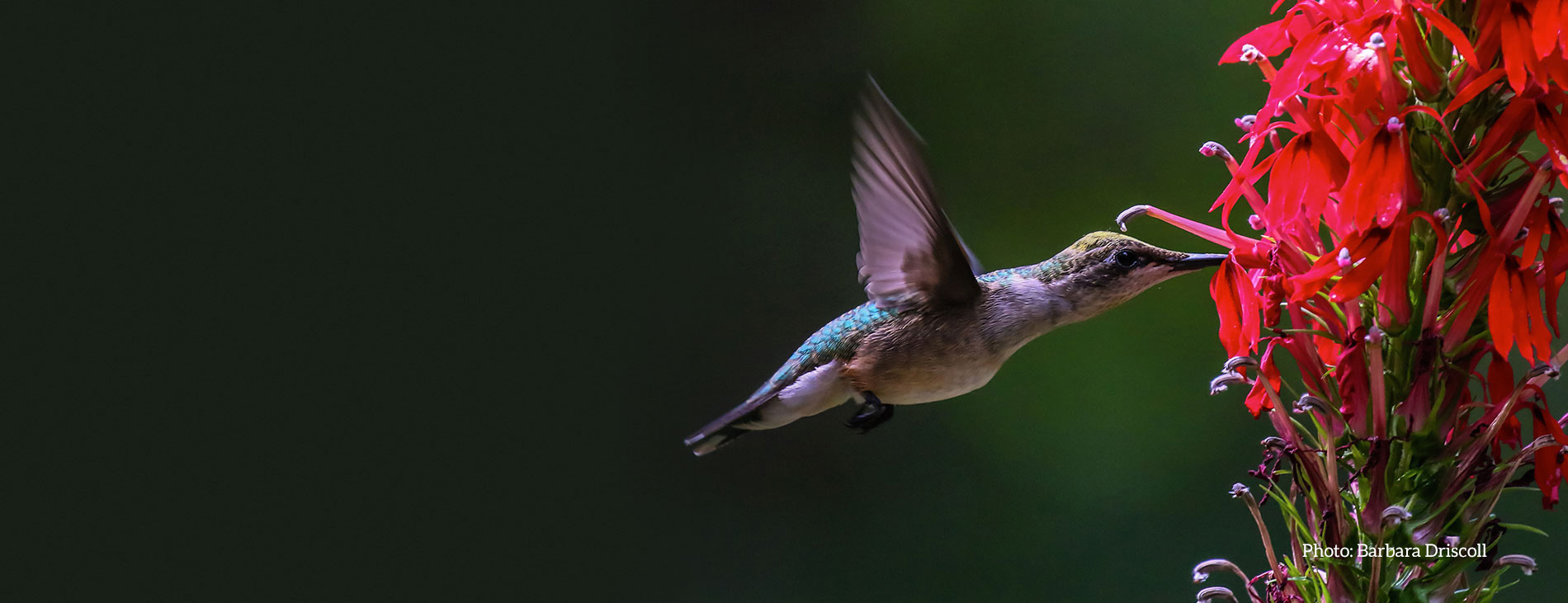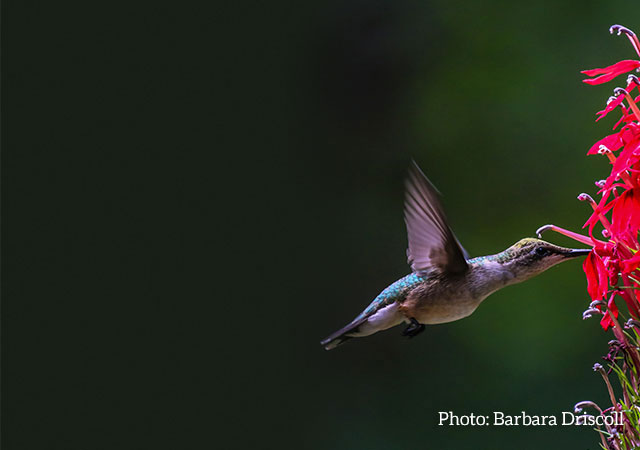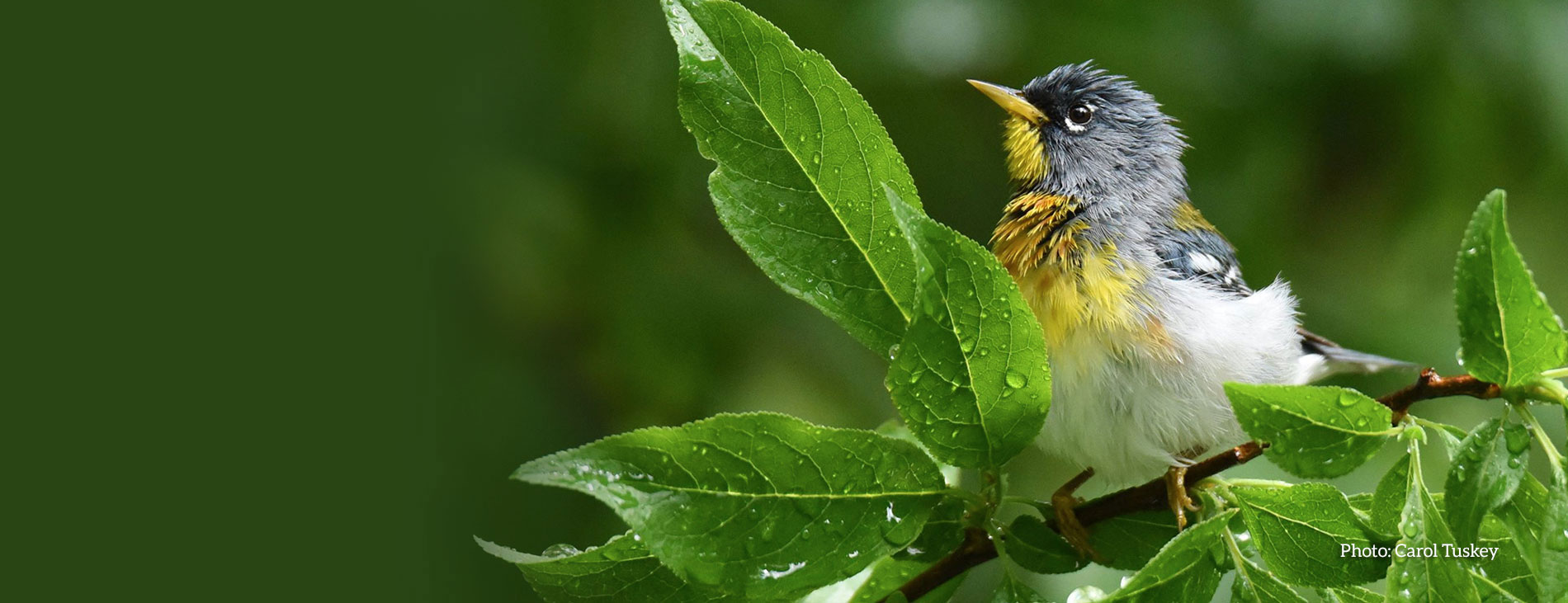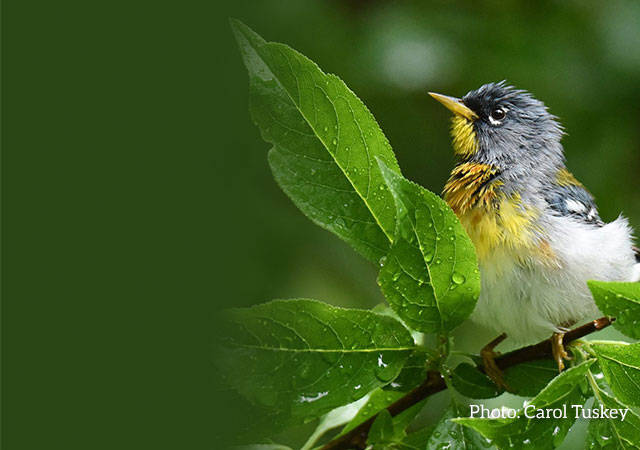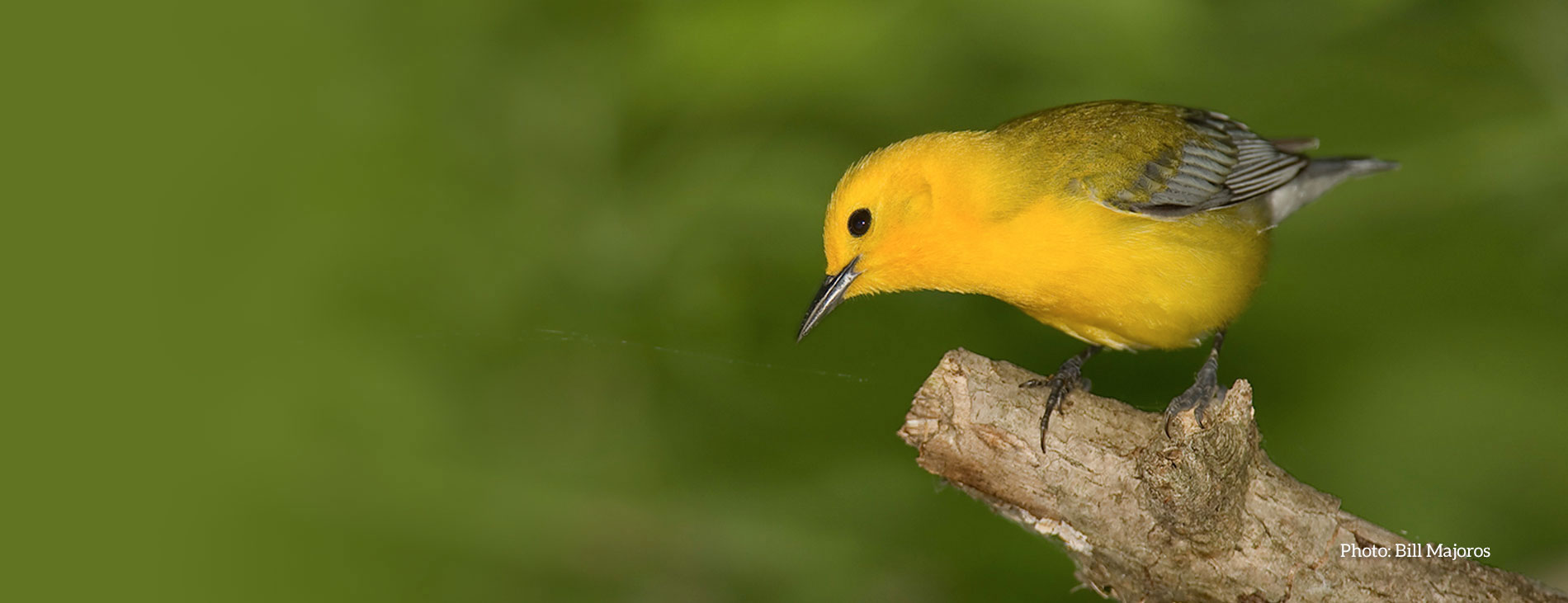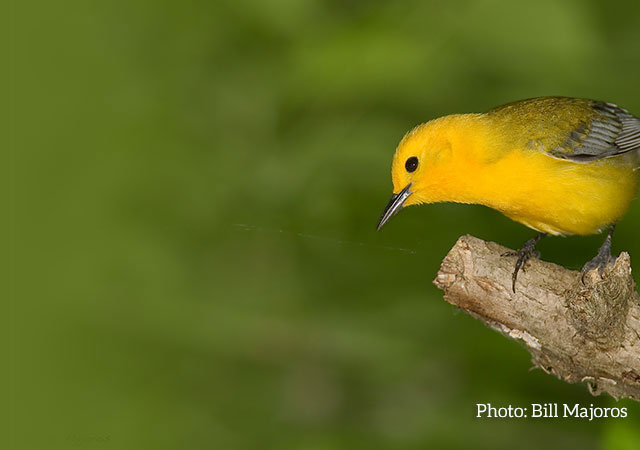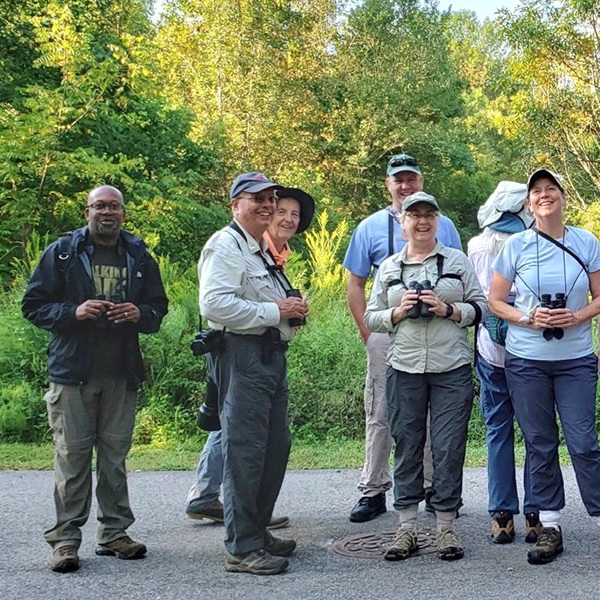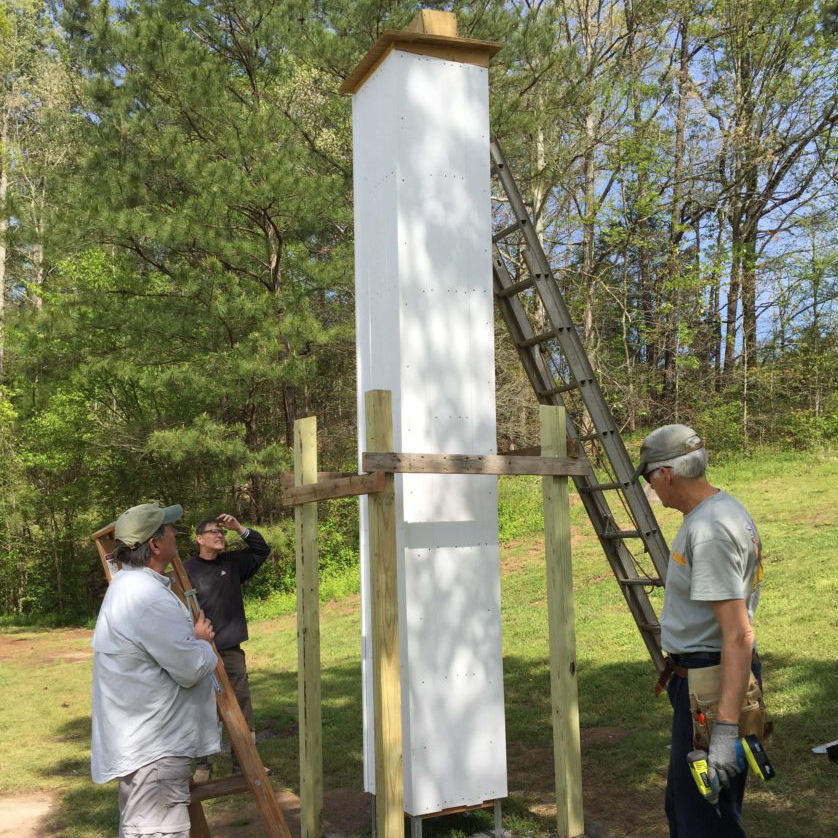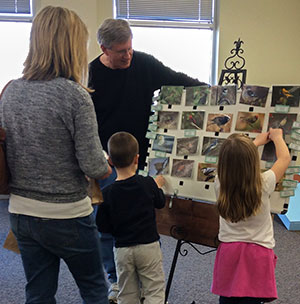After a successful vote by our membership on May 2, it is official: our new name is the New Hope Bird Alliance ! We are eager to enter this new phase of bird conservation work under our new name. Thank you to everyone involved for your dedication, patience, and support throughout the process to find a name that better reflects our focus: birds, their protection, and the joy they bring. This decision is anchored in feedback from our community, and was cemented by an overwhelming majority membership vote.
More to come soon on our redesigned new logo, tagline, and yes…merch!
Items of special interest
CALENDAR OF EVENTS web page to keep informed about upcoming events including bird outings.
FIELD NOTES BLOG to be sure to keep up with the latest posts.
BIRD COUNT CHARTS web page to explore our historical data going back to 1977 for both our Spring and Christmas Bird Counts.
VOLUNTEER web page for ways you can help and fill out our updated Volunteer Form to tell us about your interests.
MEETING RECORDINGS web page for recordings of past membership meetings via Zoom.
Announcements
Monthly meetings will resume in September after our summer break.
